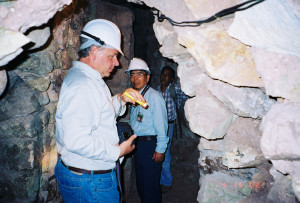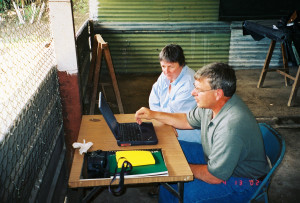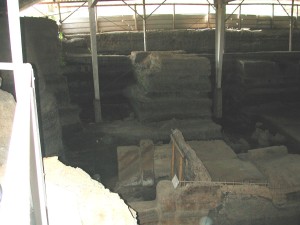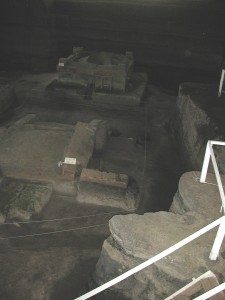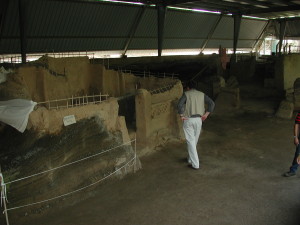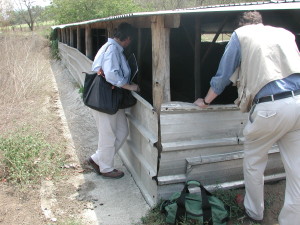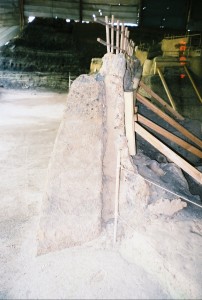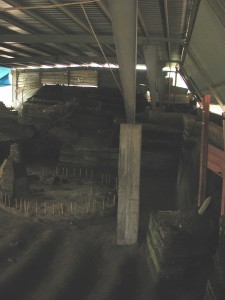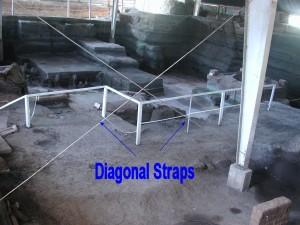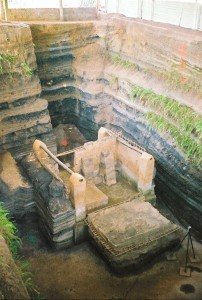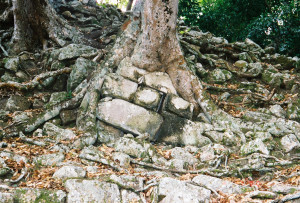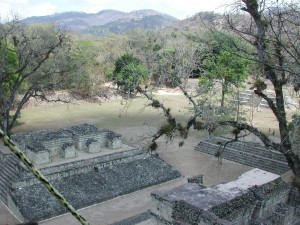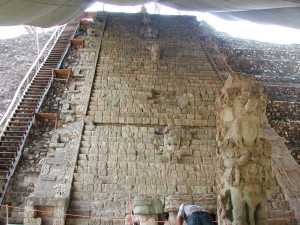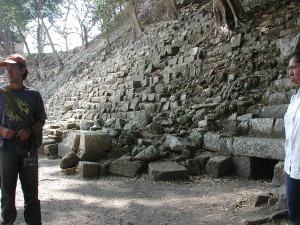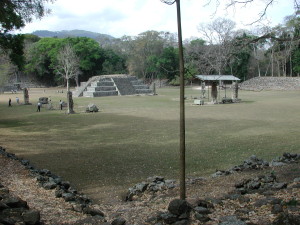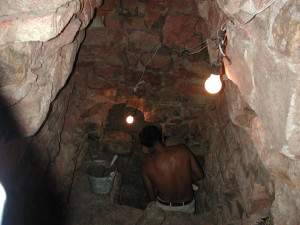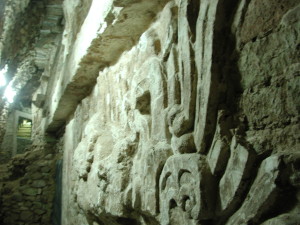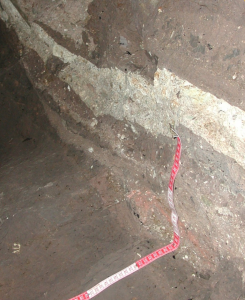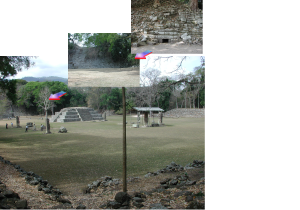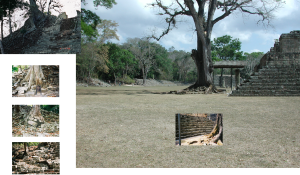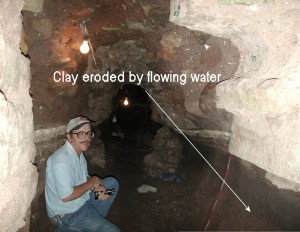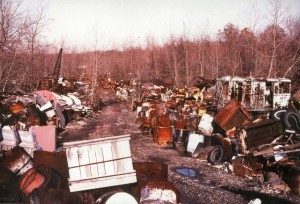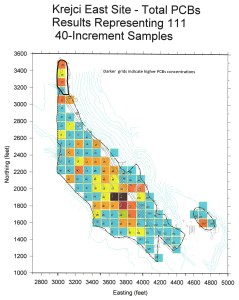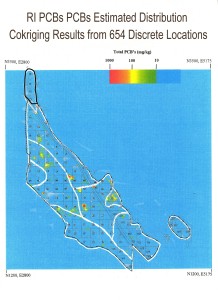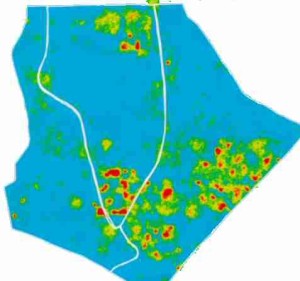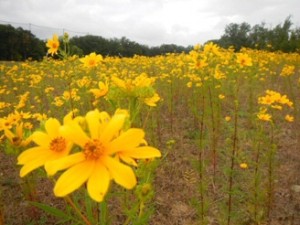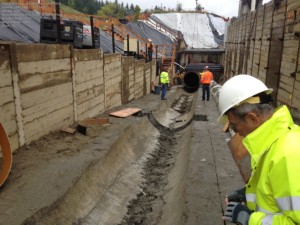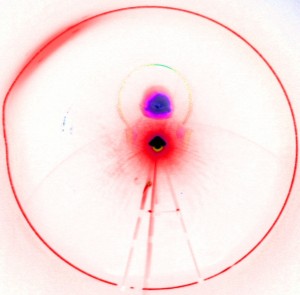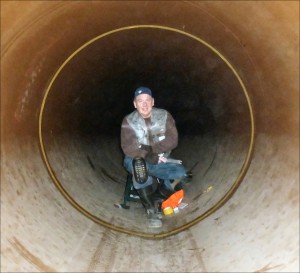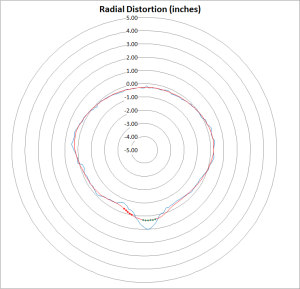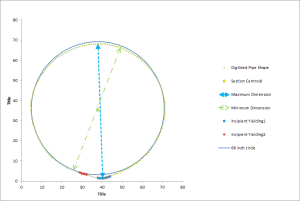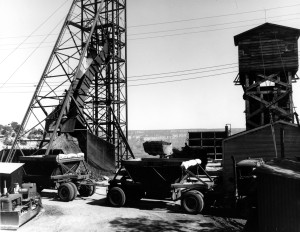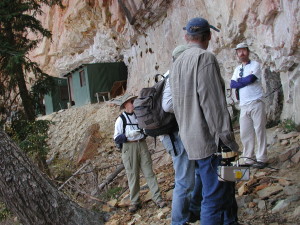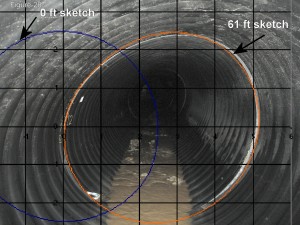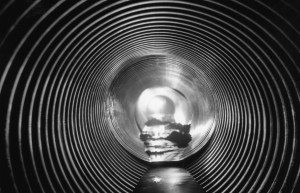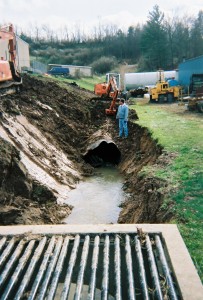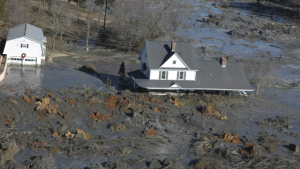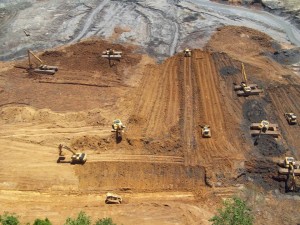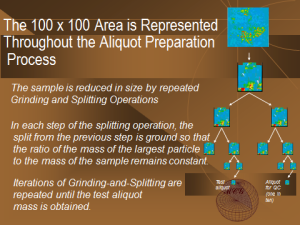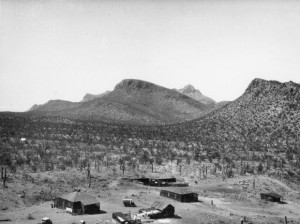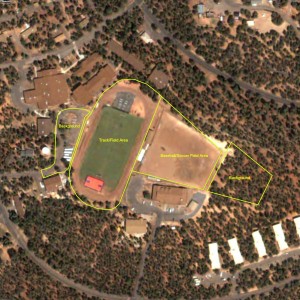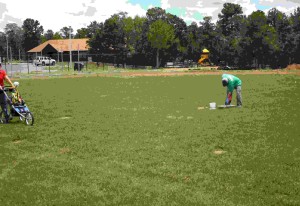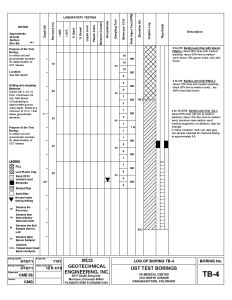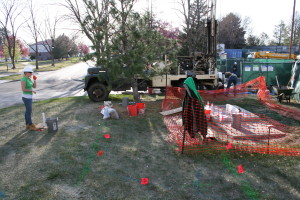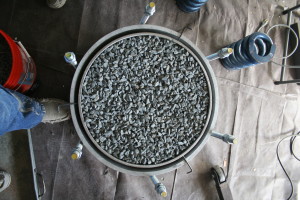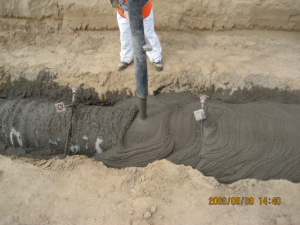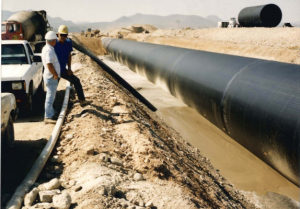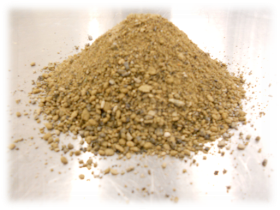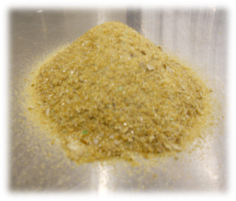Projects
Page Content is under development at this time: April 13, 2016.
Project: Krejci Dump Site (CERCLA)
Client: National Park Service
Location: Cuyahoga Valley National Park, Ohio
Years: 2008-2013
Activities: MCG provided guidance and recommendations to the National Park Service (NPS) Environmental Compliance and Response Branch for the Krejci Dump Site remedial action. The remedial effort began in 1987, all remediation goals were achieved by 2012 and site restoration was completed in 2013 ( magazine article at: http://www.conservancyforcvnp.org/file/annual-reports/Magazine_Fall15-Winter16.pdf ). MCG provided independent review and oversight of cleanup and restoration activities from 2008 through 2012. MCG also performed erosion control study and provided quality assurance oversight. Data usability reports, DUR 1, DUR 2, and DUR 3,included all cleanup verification data and an analysis of usability for cleanup verification purposes and are available for download on the MCG Documents page.
Prior to founding MCG, Dr. Gemperline was employed by the U.S. Bureau of Reclamation (BOR) and supported the National Park Service in its Krejci Dump Site cleanup effort. Dr. Gemperline provided technical leadership to BOR teams involved in the Krejci Dump Site remedial investigation and feasibility study and other projects. He developed the both remedial investigation technical approach for the Krejci Dump Site Remedial Investigation and Feasibility Study and the approach used for cleanup verification. Dr. Gemperline oversaw all site characterization activities. Risk-based composite sampling was initially developed for this project. Related papers and presentations are available on the MCG Documents Page.
Project: Crab Orchard PCBs OU (CERCLA)
Location: Crab Orchard National Wildlife Refuge, Illinois
Year: 2008-2012
Activities: CONWR is located in southern Illinois, approximately 5 miles west of Marion, Illinois, primarily in Williamson County. The Industrial Area (Site 33) encompasses approximately 114 acres and is currently used for munitions manufacturing. MCG Supported the U.S. Fish and Wildlife Service by preparing a risk-based sampling plan to support decisions related to cleanup verification of the Industrial Area. The plan was designed to provide acceptable assurance that all consequential PCBs contamination was properly addressed. MCG designed the plan and provided onsite review of implementation activites. MCG also reviewed all data and provided independent quality assurance oversight.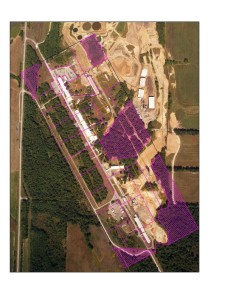
Project: Brightwater WastewaterTreatment Plant
Client: King County WA. Office of the Prosecuting Attorney
Location: King County, WA.
Years: 2011-2012
Activities: Assisted King County, by providing expert geotechnical evaluation related to excessive deformation of a 66-inch steel pipe at the Brightwater Treatment Plant. MCG developed and used laser imaging methods to profile and analyze the circumferential and longitudinal deformation along the alignment.
Project: Muletown Conduit
Client: U.S. Department of Justice
Locations: Wiskeytown National Recreation Area
Year: 2013-Present
Activities: Providing expert analysis and testimony regarding the performance of the Muletown Conduit. Project is Under Litigation Hold.
Project Name: Orphan Mine Site, (CERCLA)
Client organizational name: National Park Service, Contaminated Sites Program,
1050 Walnut Street, Suite 220, Boulder, CO 80302
POP: Hitachi Consulting
Geographic Reach: The approximately 30 acre site is located on the south rim of the Grand Canyon in the Grand Canyon National Park.
Project Objective: Cleanup and restore the former mining site.
MCG Task: Provide technical consultation.
Accomplishments: Under Litigation Hold.
Project: Civil Action
Client: Kay, Casto and Associates
Location: West Virginia
Years: 2005-2007
Activities: Assisted attorneys by providing expertise needed to determine the cause of an 84 inch drainage pipeline failure. This included characterization of movement and pipe soil-structure interaction analyses.
Project: TVA Kingston Fossil Fuel Plant Release Site (CERCLA)
Client: BOR/USEPA
Locations: Kingston, Tennessee
Activities: The TVA Kingston Fossil Plant coal fly ash slurry spill occurred just before 1 a.m. on Monday December 22, 2008, when an ash dike ruptured at an 84-acre (0.34 km2) solid waste containment area at the Tennessee Valley Authority’s Kingston Fossil Plant in Roane County, Tennessee. 1.1 billion US gallons (4,200,000 m3) of coal fly ash slurry was released (Wikipedia).MCG Reviewed plans and evaluated the stability of both the remaining earthwork and replacement dikes. MCG Performed laboratory test to evaluate the potential use of electro-osmosis to consolidate the remaining fly ash.
Project: Old Yuma Mine (CERCLA)
Client: NPS
Locations: Saguaro National Park, AZ
Activities: Reviewed EE/CA QAPP and Sample Analysis Plan and made recommendations to improve efficiency and effectiveness of the mine site characterization.
http://upload.wikimedia.org/wikipedia/en/6/62/Old_Yuma_Mine_Tucson_Mountains_Arizona_Circa_1920.jpg
Project: Grand Canyon High School
Client: National Park Service
Places: Grand Canyon National Park, Arizona
Year: 2007-2009
Activities: MCGled the design, implementation and reporting effort for a program to evaluate persistent rumors that the athletic field was constructed using radioactive fill.
Project: Underground Storage Tank (UST) Investigation
Client: Veterans Administration
Locations: Grand Junction, Colorado
Activities: Developed and implemented plans investigating the potential for groundwater contamination from an underground fuel storage tank.
Project: McClusky Canal
Client: Bureau of Reclamation
Location: North Dakota
Activities: Evaluated slope failures along a two mile reach of the 75-mile long McClusky Canal, Evaluated risk to canal workers and recreational users, and recommended alternative remedial measures.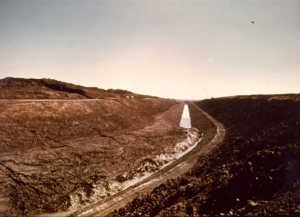
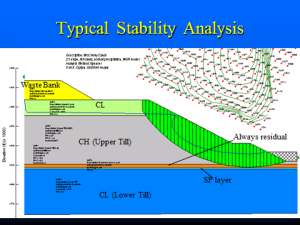
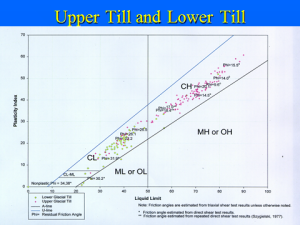
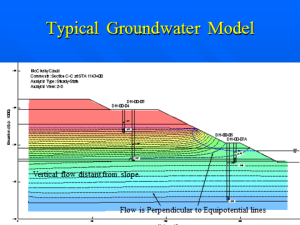
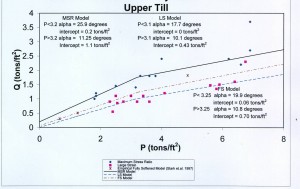
| Project‑Constrained Modulus of Gravel and Crushed Rock |
Activity: Large Scale Testing of Crushed Rock – Research
Client: Plastics Pipe Institute
Location: MCG Geotechnical Laboratory, Colorado
Activities: Developed a one-dimensional Compression Test to determine the constrained modulus of gravel and crushed rock and performed a parametric study to evaluate the effect of crushed rock properties on constrained modulus. The full report may be downloaded on from the MCG Documents page or by clicking MCG Final Ms Study Report031410.
| Project‑Use of Recycled Materials in Controlled Low Strength Material (a.k.a. flowable fill) |
Activity: Laboratory testing- Research
Client: Plastics Pipe Institute
Location: University of Colorado, Denver & MCG Geotechnical Laboratory, Morrison Colorado
Activities: Evaluated the physical characteristics of flowable fill mix designs that utilizes the waste products of the energy production and recycled material industries. These included spray drier ash, bottom ash, fly ash, crushed glass, crumb rubber, sand-size crushed concrete and other material. (Beneficial use of recycled materials in flowable fill (CLSM))
| Project‑Maya Initiative |
Activity: Structural Evaluation of Archeological Excavations, Tunnels, and Unearthed Mayan Structures
Client: Getty Conservati0n Institute
Location: Joya De Ceren, El Salvador and Copan, Honduras
Activities: Dr. Gemperline evaluated the stability of unearthed structures, tunnels, excavations and shelters at Mayan Archeological sites in Honduras and El Salvador. Recommendations for preservation and conservation were made. Cracks had recently developed in the Hieroglyphic Staircase at Copan and that were suspected to be caused by ground movement associated with an underlying archeological tunnel. Also evaluated the effect of groundwater, vegetation and algal growth on the recently unearthed Mayan structures near Copan. (Click here to view Getty project summary)(Click here to view Getty report) Additionally, the stability of excavations that unearthed adobe ruins near Joya De Ceren, El Salvador was analyzed and recommendations to achieve sustainable were preservation made. Seismic analysis of unearthed structures, cut slopes, and modern structures that covered the sites were performed. The risk of groundwater intrusion was evaluated, feasibility level designs that ensure seismic stability of structures of archeological structures were developed. Furthermore an early warning system to alert of potential groundwater flooding was designed. Emergency actions necessary to protect archeological structures in the event of groundwater flooding were developed.